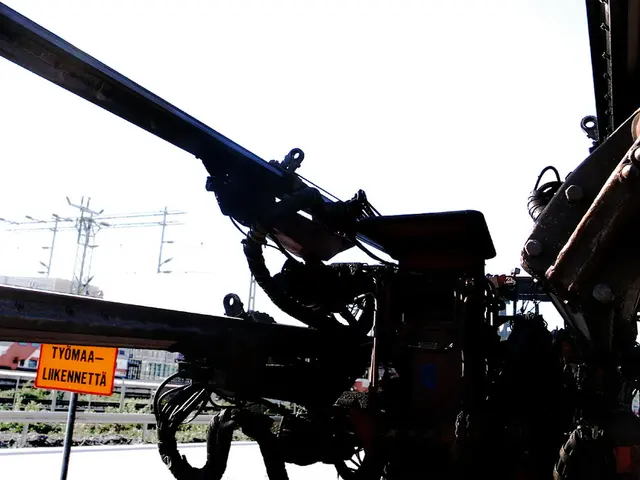European Chemical Industry Faces Challenges, Eyes 2025 Recovery
European chemical companies face a challenging landscape, with consumer sentiment dampening due to trade wars and job cuts, particularly in Germany. Despite this, a majority of board members and executives anticipate a profit increase of at least five percent by 2026. However, a significant recovery is not expected until the second half of 2025, provided no major disruptions occur.
The industry's growth will primarily come from rising volumes rather than price increases. Artificial Intelligence is becoming increasingly important in core business areas such as production planning, sales, and maintenance decision-making. Companies are also prioritizing the relocation of their production footprint, adjusting capacities in Europe and establishing them in growth regions. High energy and personnel costs, an aging society, and excessive regulation are major structural issues in Europe's chemical industry.
Three-quarters of board members and executives believe that decarbonization, the circular economy, and climate neutrality will strongly influence business development. Cost optimization is crucial for international competitiveness, with 'improving cost and revenue structures' being the top priority for 2025. Companies like Mercedes-Benz are investing heavily in their European plants to support a major product offensive with new digital, automated, and flexible manufacturing lines. Steel companies such as Dillinger, Klöckner Metals Germany, Tata Steel Nederland, and voestalpine are also expanding or optimizing capacities across Europe.
While the European chemical industry faces significant challenges, there is a cautiously optimistic outlook for the second half of 2025. Companies are investing in AI, production relocation, and cost optimization to navigate the current landscape and prepare for future growth opportunities.
Read also:
- Boston Metal pioneers route to commercial production for eco-friendly steel method
- United States Secures $632 Million to Fuel Electric Vehicle Revolution
- CDU's Revised A100 Plan: Longer, Costlier Underground Route Divides Berlin
- DKSH Upgrades Distribution Operations Through Significant Technological Renovation








